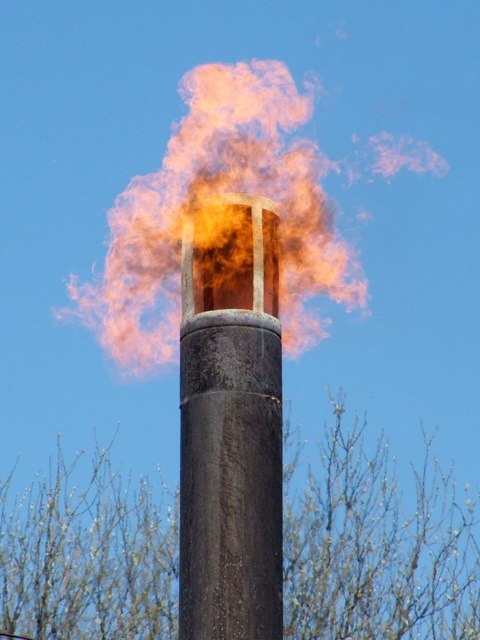By Melissa Ly (Contributor) – Email
Print Edition: May 7, 2014

What if garbage could be reduced to 20 per cent of its mass and converted into energy in the process? It’s a great idea in theory, but in practice there is more science behind the term “waste to energy” (WTE).
In a WTE facility, waste is broken down with thermal mechanisms to create energy. The leftover incinerated waste comes out as toxic ash, which needs to be landfilled in hazardous waste facilities.
A WTE facility poses many environmental, economic, and health concerns.
Douw Steyn, an atmospheric scientist at the University of British Columbia who has been studying air quality issues in the Lower Mainland and Fraser Valley for more than 30 years, explained what to expect with a new facility.
“Expect more coughing, smog, and respiratory illness if regional garbage incineration plan goes forward,” he told the Vancouver Observer in February.
When Steyn advised Metro-Vancouver that the Lower Mainland was a poor place (due to coastal wind patterns and the nature of its geography) for a garbage incinerator, his funding was pulled.
Jessica Morrison, environmental services coordinator for the Fraser Valley Regional District, points out how a WTE facility would discourage waste reduction.
She explains there are two levels to re-using and recycling; Metro-Vancouver promotes the first level, (source separation) in which individuals and businesses separate their own recyclables and recoverable material (blue bin recycling).
“Up to 40 per cent of what makes its way into garbage (after source separation) is recyclable or recoverable,” Morrison says.
This is where material recovery would come in, which would take place in processing facilities, screening and filtering garbage before final disposal.
If Metro-Vancouver put more importance on materials recovery, a WTE facility would not be financially viable.
“If you took [recyclable] material out of the waste stream, [Metro-Vancouver] wouldn’t have enough garbage left over to fuel the furnace in their $517,000,000 garbage burner,” Morrison says.
Not only does the plan for a new WTE facility raise concerns about increasing air pollution and discouraging waste reduction, but the price tag for such a project is uncertain.
“Metro Van has thrown around some numbers such as half a billion dollars, but judging by the experience of other incinerator projects around the world, we think it could actually be twice that,” Jordan Bateman of the Canadian Taxpayer Foundation said to the Vancouver Observer.
Recently, in response to Coquitlam mayor Richard Stewart, Metro-Vancouver has updated its business plan, which is based on the assumption that B.C. Hydro will pay $100 per megawatt hours (MWh) for the electricity the WTE facility would make by classifying burning garbage as a “clean and renewable” method to generate electricity. Standard sellers are paid as low as $24 per MWh.
As of April 30, B.C. Hydro had “made no commitment to purchase energy from a new WTE facility, nor has a commitment been made regarding a price for that energy,” as stated in a letter to Metro-Vancouver.
Without the “clean and renewable“ designation and the funds of $100 per MWh, the project is not financially viable. Even if B.C. Hydro approved, this would mean all B.C. residents would have to pay more for their hydro.
There are alternative solutions out there. San Francisco is one example of a city taking an active environmental standpoint on waste management. It has diverted more than 80 per cent of its waste without having a WTE facility or garbage incinerator.
Metro-Vancouver is in the second of eight phases of implementing a new WTE facility, with the current goal being site identification.
However, section head of coast authorizations Avtar Sundher notes that there has yet to be approval of a new WTE site.


